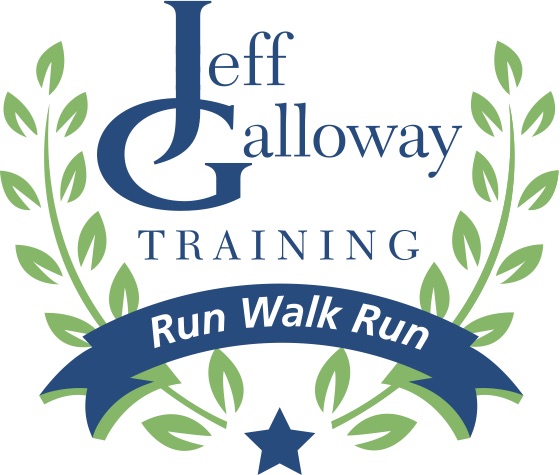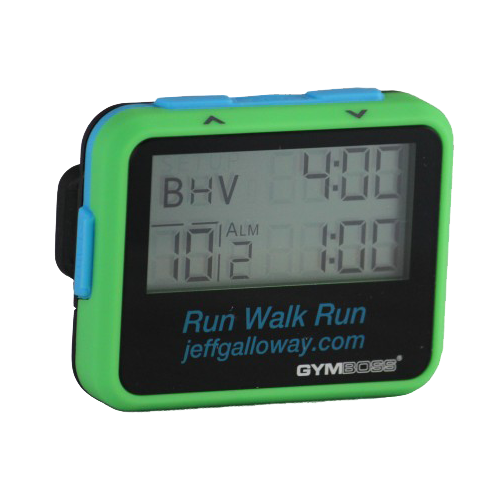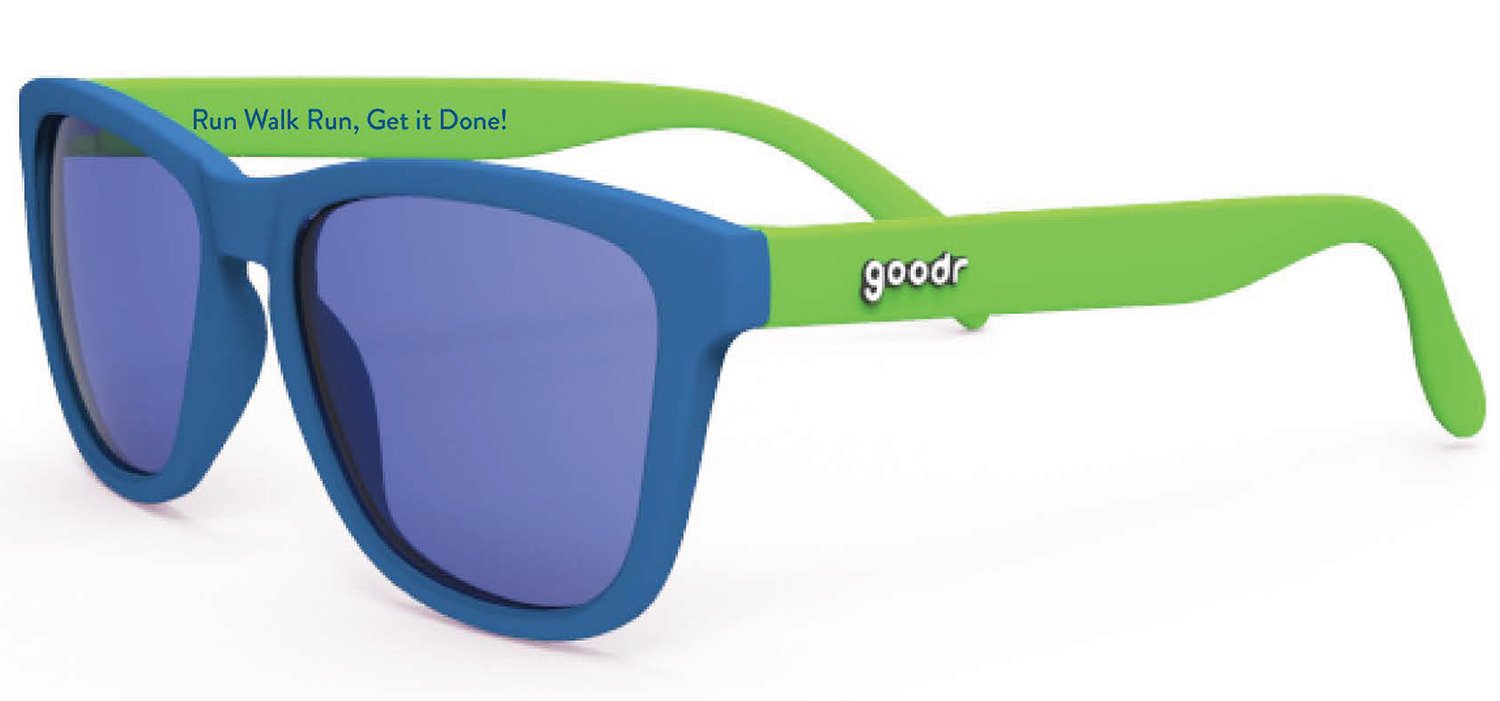Training
Run Walk Run: It began in 1974
I was asked to teach a class in beginning running a few months after opening my specialty running store, Phidippides in 1973. Through this class I saw an opportunity to help non-runners enjoy the benefits of running. Since business was slow at the store, I also wanted to increase the number of potential customers.
During the class I discovered that none of my students had been running for at least five years. About one third had never done any regularly scheduled exercise during their lifetime. During the first lap around the track I realized that walk breaks would be crucial if I wanted each class member to finish either a 5K or 10K without injury or exhaustion.
As I ran with each group, I focused on breathing rate. The “huff and puff” rule emerged: when you hear huffing and puffing, take more frequent walk breaks and slow the pace.
Throughout the first class, I adjusted the Run Walk Run amounts so that each person felt successful in completing the distance – which gradually increased during one run each week. Most admitted that they started to look forward to each run because of the improved attitude during and afterward.
At the end of the 10 week term was the “exam”: either a 5K or a 10K. Each student finished! When I polled each at the end I received my best reward: none of them had been injured!
During the next two years, I experimented with various ratios of walk breaks as I worked with beginning runners at my store. In 1976, Galloway Training Program began. I continued to find that walk breaks could almost eliminate injury.
Many of the veteran marathoners refused to take walk breaks at first. As the former beginners moved into longer distance events such as marathons, they continued to adjust to walk breaks and started to record faster times than the veterans. This led to the use of walk breaks in all pace groups.
Principles behind Run Walk Run:
• Continuous use of a muscle will result in quicker fatigue
• The longer the run segment, the more fatigue
• Run Walk Run is a form of interval training
• Conservation of resources
• Quicker recovery
• Less stress on the “weak links”
• Ability to enjoy endorphins
• Reduce core body temperature
The Galloway Run Walk Run method
• A smart way to run – by giving you congnitive control over each workout.
• Allows you to carry on all of your life activities – even after long runs
• Motivates beginners to get off of the couch and run
• Bestows running joy to non-stop runners who had given up
• Helps improve finish times in all races
• Gives all runners control over fatigue
• Delivers all of the running enhancements without exhaustion or pain
• Looking for coaching by Jeff? Get a customized training plan for as low as $149 for 6 months!
• Or experience the lifelong friendships that develop in Galloway Training Programs across the country!
Why do some runners have trouble taking walk breaks?
Research has shown that the lessons in the early school years are powerfully embedded in the subconscious brain. While it is natural to feel anxious and then receive negative hormones when we depart from these hard-wired patterns, conscious actions can re-train this ancient brain. The cognitive focus on specific run segments/set amount of walks can hard-wire new patterns into the reflex brain. This gives you control over your attitude as you feel the positive results from using strategic walk breaks. Through the use of mantras and systematic actions, you empower the conscious brain to take control. This frontal lobe component can over-ride the subconscious brain and retrain it to accept and embrace Run Walk Run.
Walk breaks…
• Speed you up: an average of 7 minutes faster in a 13.1 mile race when non-stop runners
shift to the correct Run Walk Run ratio – and more than 13 minutes faster in the marathon
• Give you control over the way you feel during and after
• Erase fatigue
• Push back your wall of exhaustion or soreness
• Allow for endorphins to collect during each walk break
• Break up the distance into manageable units
• Speed recovery
• Reduce the chance of aches, pains and injury
• Allow older or heavier runners to recover fast, and feel as good as in the younger (slimmer) days
• Activate the frontal lobe – maintaining your control over attitude and motivation





